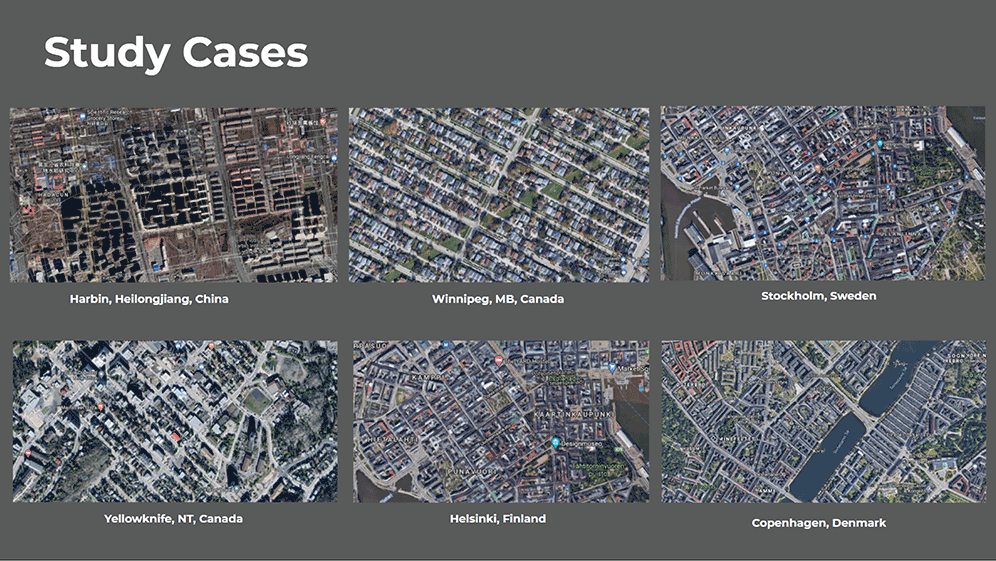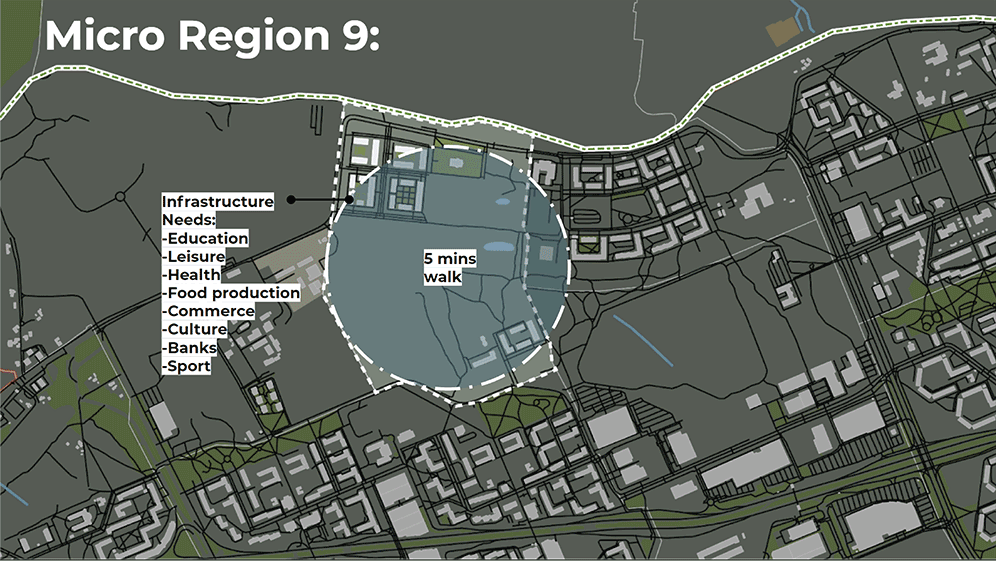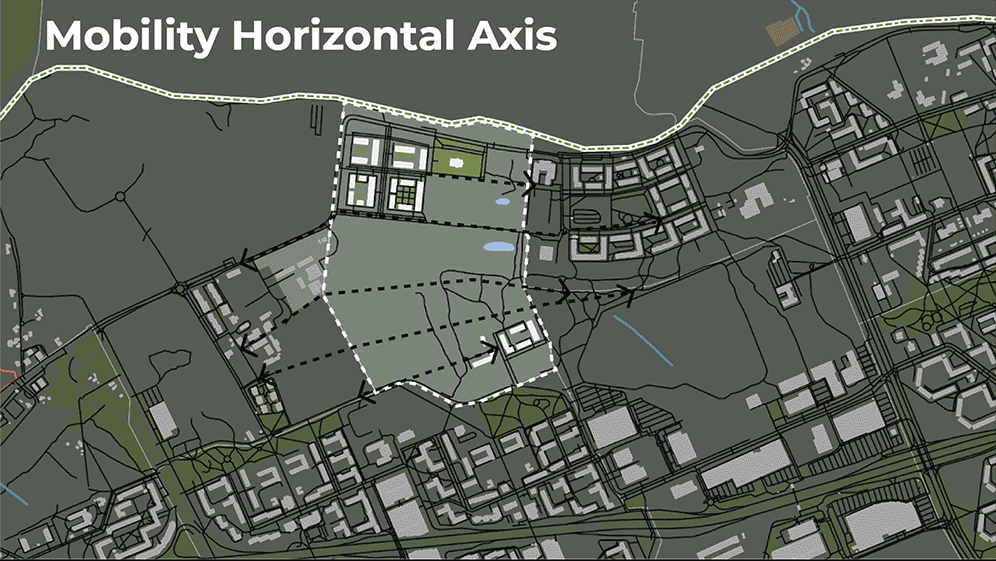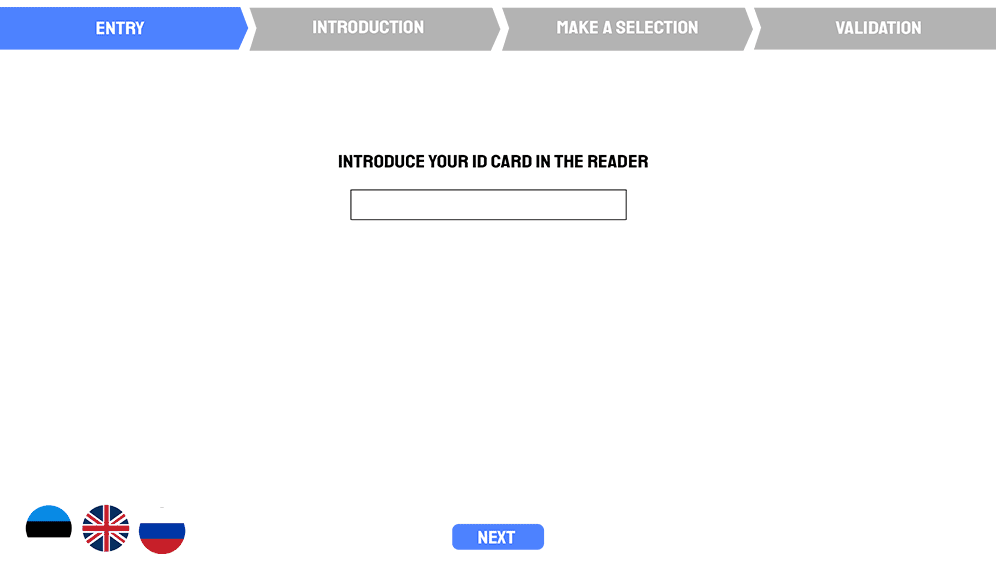Abstract:
Transforming Of a Hub City TOHC is a project that aims the transformation a white canvas part of the city, into a central hub of mobility of Europe by bringing economical activities complemented with local citizen retrofit, top-down solutions merge with a button-up response, creating a circular methodology of responding for the development of the country, supported by the technological infrastructure of Estonia which allows creating e-voting for projects more easily.
A city in transition:
Estonia is one of the most developed countries in technology. They start the transition from an established model of the city into a strong digitalization of the government and services. Since its independence in 2009 the exponential growth that they experiment creates a differential between the ex-soviet countries, giving an example of progress and economic stability, but even of that greatness achievements, Estonia has to face huge challenges like grappling with identity, social exclusion, and the constant transformation of the economic sectors.

Estonia during the past of the years transformed its economic sector, becoming one of the most important developers of Information Communication Technologies (ICT) which is estimated at approximately 12% of the GDP, where services, heavy industries, construction and transport represent the principal motors of the economy.

Urban Designing Issues
The transition of a new architectural identity was one of the important topics to create in Estonia, Lasnamäe is a region which was developed by a winner of the contest, the ideas of Lecorbusier of a monumental city and the mix of previous ex-soviet influence in architecture create a new typology of buildings in the area where was functional but still not covering the sentinel need of identity, the place seems to look everywhere, where monumental streets cuts, walkability or sociability in public space, the use of large single language in architecture creates an atmosphere of being one more grain of rice and the large vacant space or “public space” creates a perfect land for nowhere of nothingness.

Intervention thought scales
The exceptional location of Estonia, creates a strategic international mobility center, for that reason the team investigates the possibility to analyze the impact through different scales by bringing a train hub project as the main developer of the city economical growth and how we can impact from big region to the neighborhood and vice versa.

On the international scale, the connection with Helsinki, Stockholm, and St Petersburg can transform Estonia into a new international Train mobility hub, bringing new areas of opportunity for undeveloped areas of Tallin like Lasnamäe. On the other hand to create a train hub inside of Lasnamäe area can create a perfect hub connection between the port of Tallinn, the yacht club, the existing international airport, and finally the local train station, transforming the city scale by generating a new strong economical sector. Finally, in the district scale, the location of the train hub can be in the center of Lasnamäe, with this the team proposes to extend the existing metro lines to communicate better the new infrastructure, that idea is supported by the extension of the one mainline by the construction of a new hospital, then the team wants to add a recreational area for festival and clean energy plan in VAO center of recreation near to an empty industrial area to reinforce social activities inside the polygon.

Context Analysis:
By understanding the heavy climate of Tallin the team approach was to analyze extreme cold cities and their squares grid morphology to generate a new one in the micro-region 9 which respond to the climate needs, and to test the main winds we use grasshopper with the plugging call Eddy 3d to know how the cold wind behave in our area, finally, we study the seasonal winter which creates approximately 22 centimeters of snow, using that apparent disadvantage to create soft mobility that allows citizens to move even in an extreme cold conditions.

The next part of the context analysis was to understand the needs of the micro-region 9 which present a lack of educational infrastructure, hospitals, and so on, but some of the missing projects are already under development as a project or under construction, for that reason the team thinks in complementary projects that reinforce the activities inside Loopealse.

Master Plan:
The first thing to develop inside the “white canvas” was the mobility grid to fragment the site, in a rectangular grid where the larger part of the rectangles protects from the heavy winds, then interconnect all parts of the region by green axis corridors which connects also with the others parks from other micro-regions to bring local connectivity with other areas, then the team creates a catalog of projects to implement in the master plan, where intermodal mobility infrastructure is the important point factor to bring a new economical sector inside Loopealse.

Participatory platform:
To bring a retrofit from the local citizens inside the micro-region 9 the team propose a digital platform to incentive the participatory process from top-down to button-up, by using the existing high tech infrastructure of Estonia, Expecting that government and citizens can dialogue in a way to improve the quality of the projects and the develop from local to regional.

So the platform is mainly based on an interface like the existing ones from Estonia, to keep familiarity with other government platforms. This tool can allow citizens to select the urban furniture, vote for the projects that they consider more important, and finally give an opinion to improve their area, democratizing the way of making the city from local to regional scale.

TOHC – Transforming Of a Hub City is a project of IAAC, Institute for Advanced Architecture of Catalonia developed at Master in City & Technology in 2020/21 by students: Sasan Baharami, Miguel Angel Tinoco, Mario Gonzalez & Ivan Reyes, and faculty: Laura Narvaez Zertuche, Bruno Moser, and Andy Bow